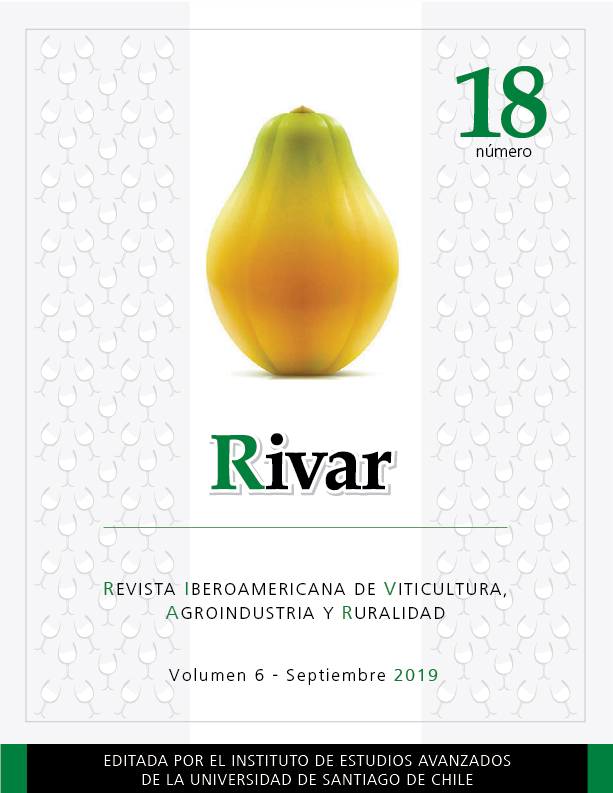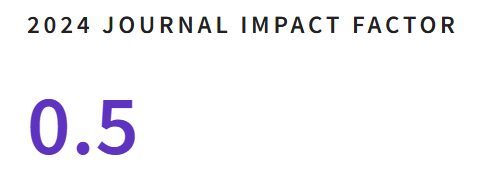La trinidad georgiana: supra, tamada, sadghegrdzelo. Introducción a la cultura georgiana del vino
DOI:
https://doi.org/10.35588/rivar.v6i18.4170Palavras-chave:
Georgia, tradición, vino, consumo ritual, supraResumo
Entre todas las repúblicas pertenecientes a la extinta Unión Soviética existe una que, a pesar de su lejanía geográfica y de su pasado inmediato, conserva prácticas socioculturales con las que los países del occidente europeo o que bien comparten este origen. Nos referimos a Georgia (Sakartvelo). Las prácticas que abordaremos a continuación giran en torno a la producción y consumo del vino, y forman parte de una tradición profundamente arraigada en el carácter e identidad georgianos. El objetivo de este artículo consiste en describir y explicar algunas de estas manifestaciones poniendo especial énfasis en el consumo ritual de vino que se lleva a cabo en la que es considerada la máxima y mejor expresión de su espíritu nacional: el supra o banquete.
Downloads
Referências
Altman, Y. (2011). “The Georgian Feast: Wine & Food as Embodiment of Networks”. 6th AWBR International Conference, Bordeaux Management School. Bordeaux, Francia, 9/10/2011. En http://academyofwinebusiness.com/wp-content/uploads/2011/09/96-AWBR2011-Altman.pdf (consultado 6/10/2017).
Barisashvili, G. (2011). Making Wine in Qvevri: a Unique Georgian Tradition. Tbilisi, Biological Farming Association Elkana.
Frazer, J.G. (1981). La rama dorada. Madrid, Fondo de Cultura Económica.
Hobsbawm, E. (2002). “Introducción: La invención de la tradición”. En Hobsbawm, E. y Ranger, T. La invención de la tradición. Barcelona, Crítica: 7-21.
Kiknadze, Z. (2015). “A Europe in Asia”. En Karumidze, Z. et al. Georgia’s European ways (Political and cultural perspectives). Tbilisi, Office of the State Minister of Georgia on European and Euro-Atlantic Integration: 76-93.
Linderman, L.J. (2011): “The Gendered Feast: Experiencing a Georgian Supra”. Anthropology of East Europe Review 29(2): 22-50.
Maghradze, D. et al. (2016). “Grape and Wine Culture in Georgia, the South Caucasus”. 39th World Congress of Vine and Wine. Bento Gonçalves, Brasil, octubre de 2016. En https://bio-conferences.org/articles/bioconf/pdf/2016/02/bioconf-oiv2016.03027.pdf (consultado 12/12/2017).
Manning, P. (2012). Semiotics of Drink and Drinking. Londres y New York, Bloomsbury.
______. (2007). “Socialist Supras and Drinking Democratically: Changing Images of the Georgian Feast and Georgian Society from Socialism to Post-socialism”, www.mapagweb.umontreal.ca/tuitekj/cours/Manning-Supra.pdf (consultado 7/10/2017).
McGovern, P. (2003). Ancient Wine: the Search for the Origins of Viniculture. Princeton, Princeton University Press.
McGovern, P. et al. (2017). “Early Neolithic wine of Georgia in the South Caucasus”. Proceedings of the National Academy of Sciences 114(48). En www.pnas.org/content/pnas/early/2017/11/07/ 1714728114.full.pdf (consultado 23-XI-2017).
Mühlfried, F. (2007a). “Celebrating Identities in Post-Soviet Georgia”. En Darieva, T. y Katshuba, W. Representations on the Margins of Europe. Politics and Identities in the Baltic and South Caucasian States. Frankfurt y New York, Campus Verlag: 282-300.
______. (2007b). “Sharing the Same Blood-Culture and Cuisine in the Republic of Georgia”. Anthropology of food 53. En http://journals.openedition.org/aof/1732 (consultado 5/10/2017) DOI https://doi.org/10.4000/aof.2342
______. (2005). “Banquets, Grant-Eaters and the Red Intelligentsia in Post-Soviet Georgia”. Central Eurasian Studies Review 4(1): 16-19.
Puig Vayreda, E. (2007). La cultura del vino. Barcelona, VOC.
Said, K. (2000). Ali and Nino. Londres, Vintage Books.
Tuite, K. (2010). “The Autocrat of the Banquet Table: the Political and Social Significance of the Georgian supra”. En Vamling, K. Language, History and Cultural Identities in the Caucasus. Malmö, Malmö University: 9-35.
Tylor, E.B. (1977). Cultura primitiva. Volumen 1. Madrid, Ayuso.
Wardrop, O. (1888). The kingdom of Georgia. Londres, Sampson Low, Marston, Searle & Rivington Ltd.









